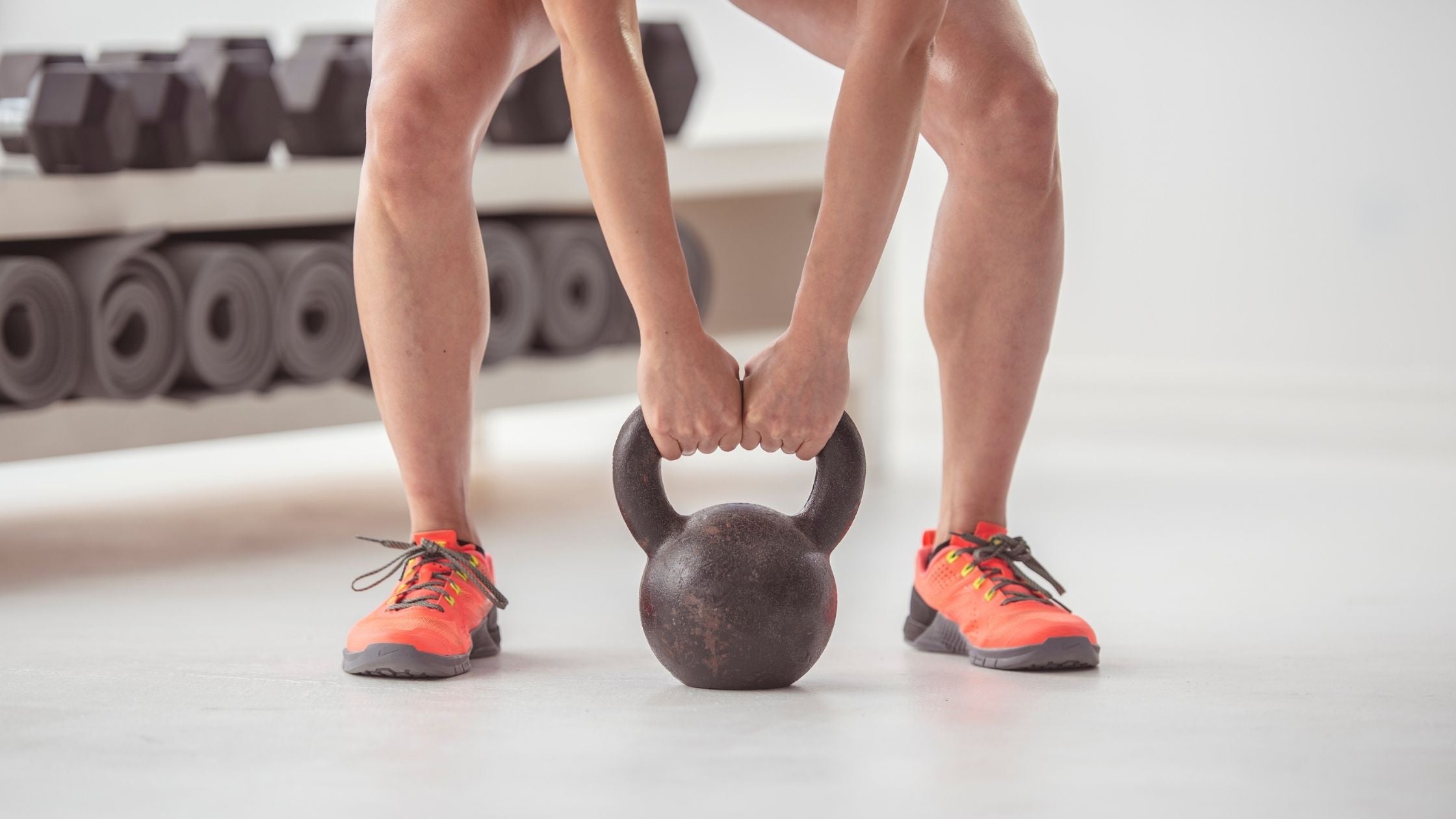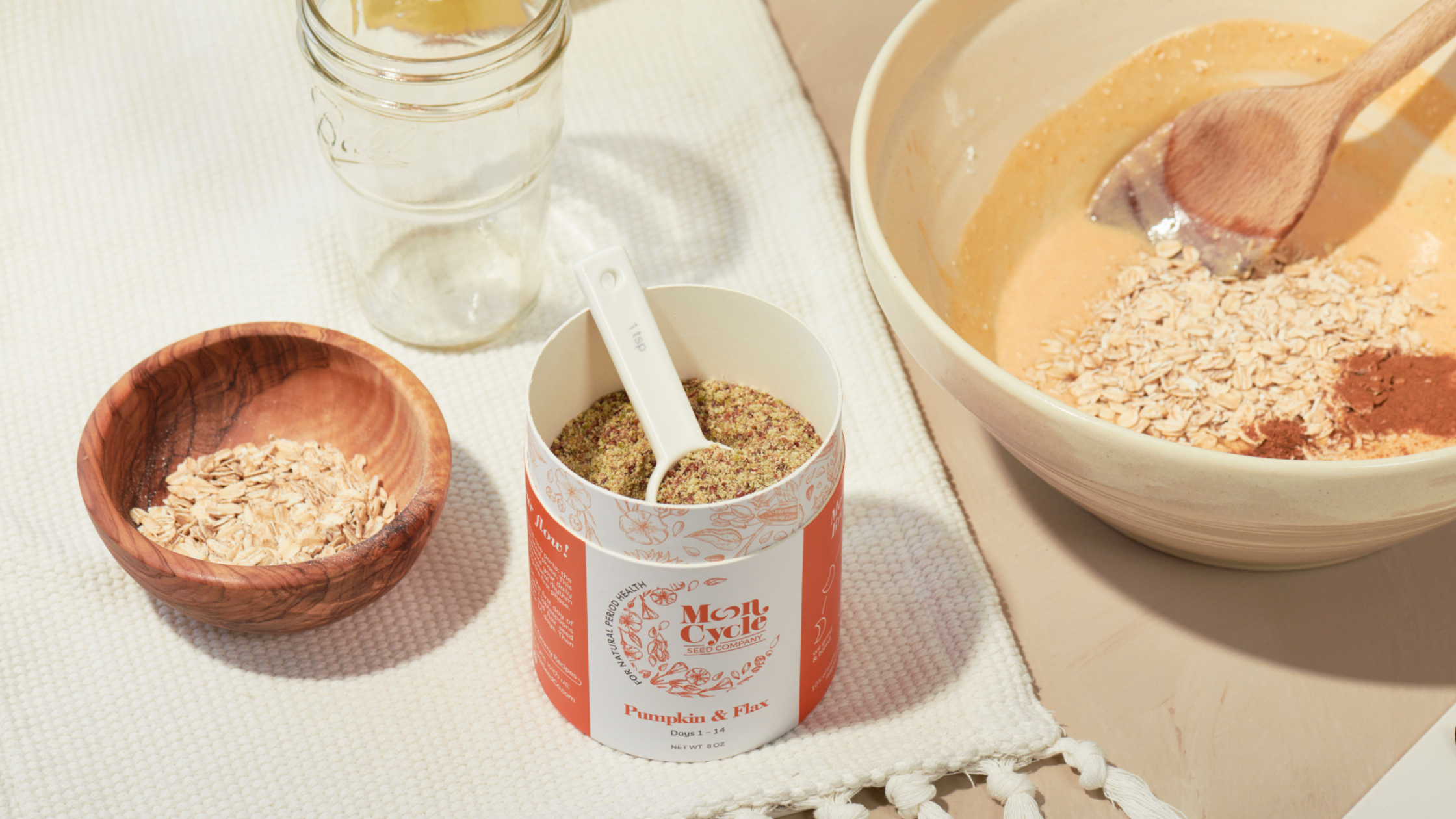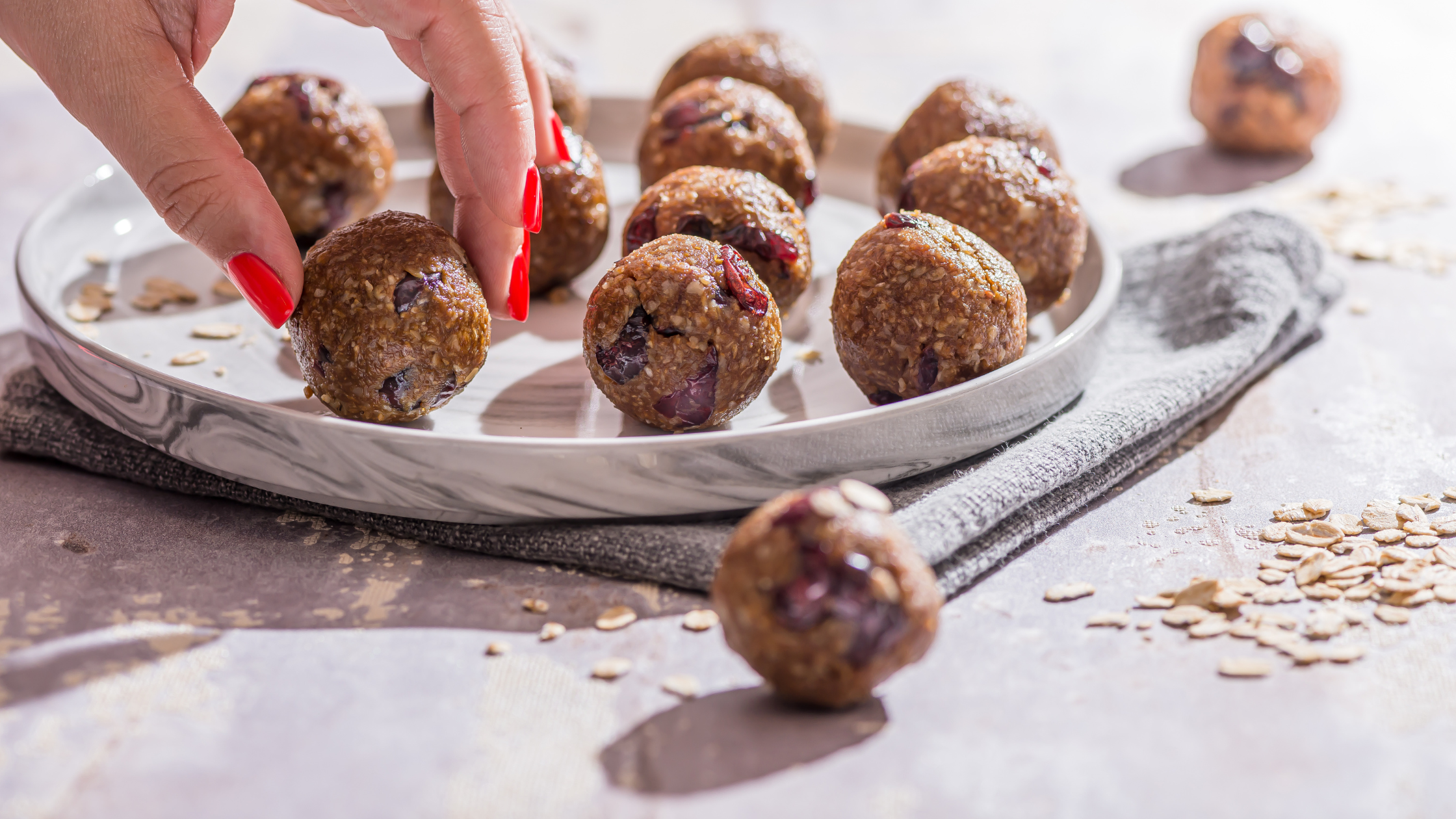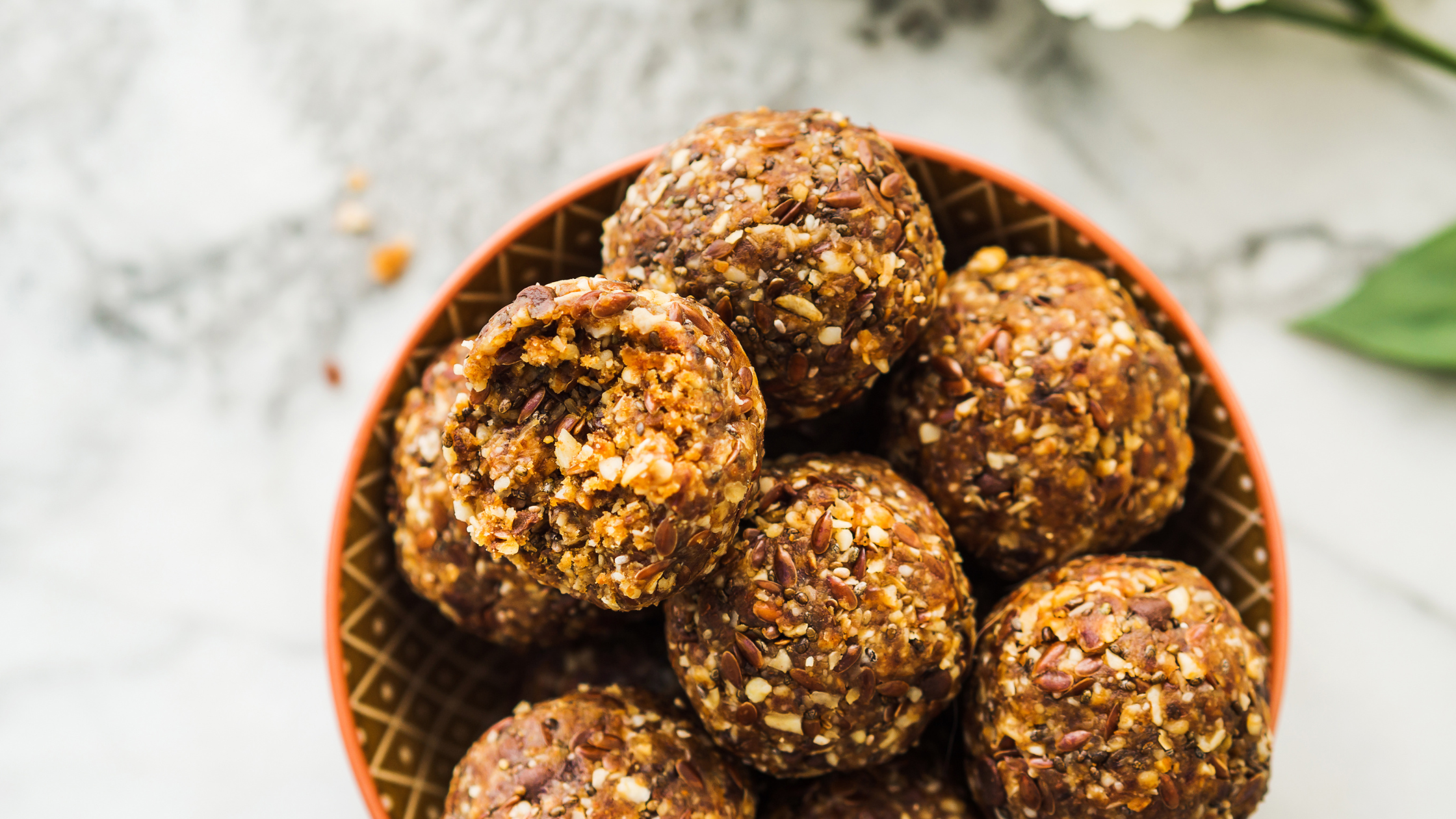
Exercise and Hormones
Physical activity and exercise can greatly improve women’s hormone balance. However, not all exercise is created alike. By observing and working with our cycles, we can make the most of exercise and allow it to nourish our body.
Let’s discuss 5 of the key learnings about hormones and exercise so that you can start using exercise in your favor! If you have any questions you can schedule a FREE 20-Minute phone consultation with Dr. Sarah Avery of In Motion Physical Therapy.
1. Overtraining
Overtraining occurs when a person exceeds their body's ability to recover from exercise. Be honest with how you feel about your workout regimen. Are you giving your body a rest at least one day a week? Scaling back initially may be scary, but overall it's going to help you achieve your wellness goals.
When you exercise every single day the body is in a constant state of heightened cortisol, which is healthy to some degree and needed for a great exercise session. However, if the body does not have time to rest, that cortisol does not get a chance to lower back down. As women, we are already more susceptible to heightened cortisol sp high intensity training without rest days can lead to hormonal imbalance.
Symptoms of overtraining and chronically high cortisol include: fatigue, getting sick often, breakouts, loss of periods, and gaining weight especially around the midsection. Overtraining can also decrease your thyroid production, which is another huge issue women face. Low thyroid production can lead to low energy, weight gain, depression, and sluggishness.
Lastly, being in a state of overtraining decreases fertility hormones. Missing or losing periods all together is very common with high stress levels. Working out too often can cause the body to shut off the production of the different fertility hormones including GnRH, luteinizing hormone, and follicle stimulating hormone.
Tip: if you are seeing any of these signs, consider decreasing the frequency of your workouts and add more rest days.
2. Protein
Protein helps to regulate hormones, regulate blood sugar, insulin sensitivity, and provides energy for exercise. Although every woman is different, many are actually lacking enough protein in their diet.
Getting an adequate amount of protein each day provides nutrients and energyfor the brain and body to produce and maintain the correct amount of hormones and reguarlte the endocrine system in general. It is important to focus on getting complete proteins, because when our bodies are under stress, they don't make enough non-essential amino acids.
Tip: Aim for more complete sources of protein such as nuts and seeds, vegetables, meat, poultry, fish, eggs, and quinoa. For women, proteins are better absorbed in the body within a half hour after an intense workout.
3. Exercise during your period
It is a myth that women become weaker during their menstrual cycle. We push ourselves up until ovulation during the follicular phase of our cycle because the recovering anabolic effects of estrogen allow the body to be more resilient during this time. Then, during the luteal phase we see an upswing in progesterone and an increase in basal body temperature, heart rate, and respiratory rate. When these are already elevated, we will fatigue faster and we might not recover as well. Therefore, during the menstrual phase, it is important to tone it down a little bit. But, this doesn't mean that the body is not as strong, it just means that it might need a little more recovery during and after the workout (or might benefit from decreasing the load and increasing the reps).
Tip: Keep track of your cycle to know what phase you are in and correlate your workout intensity with this.
4. Water during your cycle.
Blood plasma volume is slightly lower in the late follicular phase and the mid luteal phase compared to the early follicular phase. This means that the blood plasma thickens about 1-2 weeks before our menstrual cycle. So, it is common to be thirstier during this phase. Without adequate hydration you may experience dehydration a little faster than you would in other parts of your cycle with exercise.
Tip: Increase your water intake well before your workout (at least 1-2 hours) during ovulation up to your menstrual cycle.
5. Workout recommendations for each phase of the cycle:
-
Follicular: High intensity interval training, powerlifting, heavy weightlifting, plyometrics, long runs, hot yoga, or other intense exercises.
-
Ovulatory: Moderate cardio, outdoor walks and hikes, strength training, low to moderate weight and higher reps, yoga, and pilates.
-
Luteal: Pilates, yoga, weightlifting with lower weight and higher reps.
-
Menstrual: Walking, restorative yoga, light cardio with respiration between, weight lifting with lower weight and higher reps.
Incorporating these points into your monthly cycle, even in baby steps, will help create a nourishing atmosphere for your hormonal healing journey! Good luck! ♡♡






